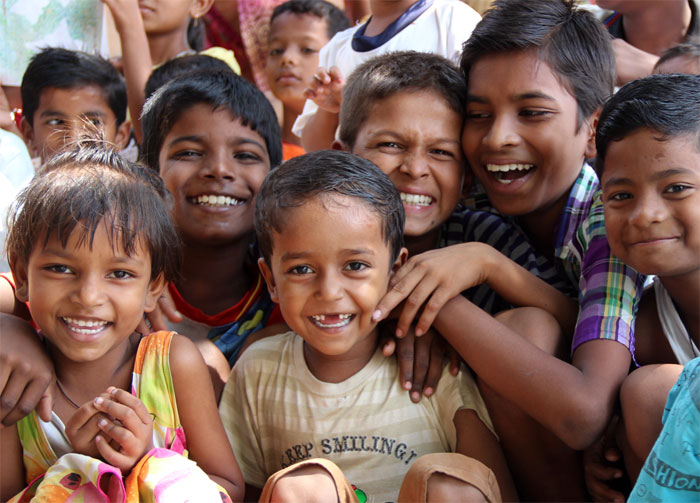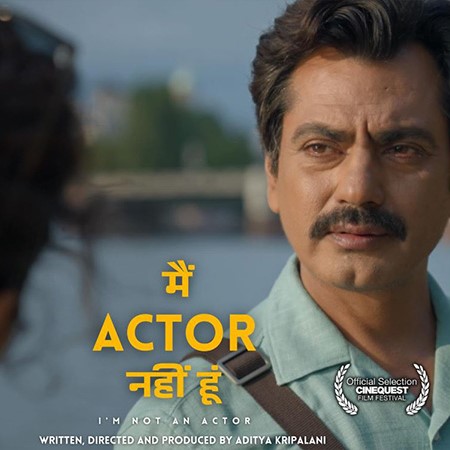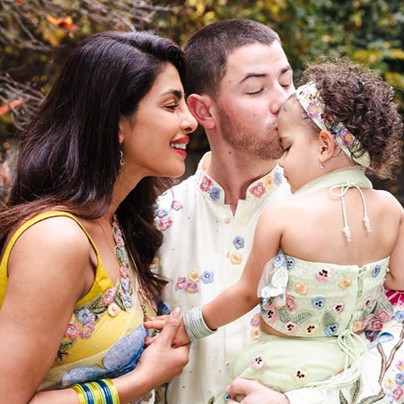Encouraged by the overwhelming response, India Philanthropy Alliance would organize the India Giving Day every year
Our Bureau
Washington
In a first-of-its-kind fundraiser held on March 2, the first India Giving Day raised a whopping more than Rs 10 crore for various US-based non-profit bodies carrying out charitable work and social welfare measures in India, in the fields of education, health and poverty alleviation.
“I think there are going to be many more (India Giving Day) because we feel it was very successful. We are pleased with how the first India Giving Day came together,” Alex Counts, director, India Philanthropy Alliance, said emphasizing the generosity of the Indian American community.
Counts said 990 donors made 1,286 donations from across the country to raise USD 13,22,927 for 25 US-based non-profit organizations, which carry out sizable charitable work and social welfare measures in various parts of India.
“This is during a time when giving, during March and February, is very limited in the US. Just for these reasons, a lot of the giving happens at the end of the year. We had no track record. An India fundraising campaign led by a non-Indian,” he said.
“So there were all sorts of reasons why we should have really struggled this first year. But the community turned out extremely generously and many people made more than one donation. They made donations to organizations they knew; they made donations to organizations they did not know that well. The response was fantastic,” he said. “People responded to this kind of collective effort. It shows that the Indian American communities are very open to people outside of that community,” he added.
A relatively less-known NGO, Akanksha Education Fund Inc., raised USD 359,749 from 107 donors. This was followed by American India Foundation (115 donations), Teach for India (USD 143,668 from 39 donations), and Pratham USA (USD 129,206 from 122 donations). NGO Vibha raised USD 16,405 from a maximum number of 224 donations. In all, 25 organizations participated in it.
“It just points to the fact that they respond to this kind of collective work, non-profits joining hands to work together, not competing with each other, but trying to compete with the problems they are trying to solve in India, such as poverty, illiteracy, and malnutrition,” he said.


























